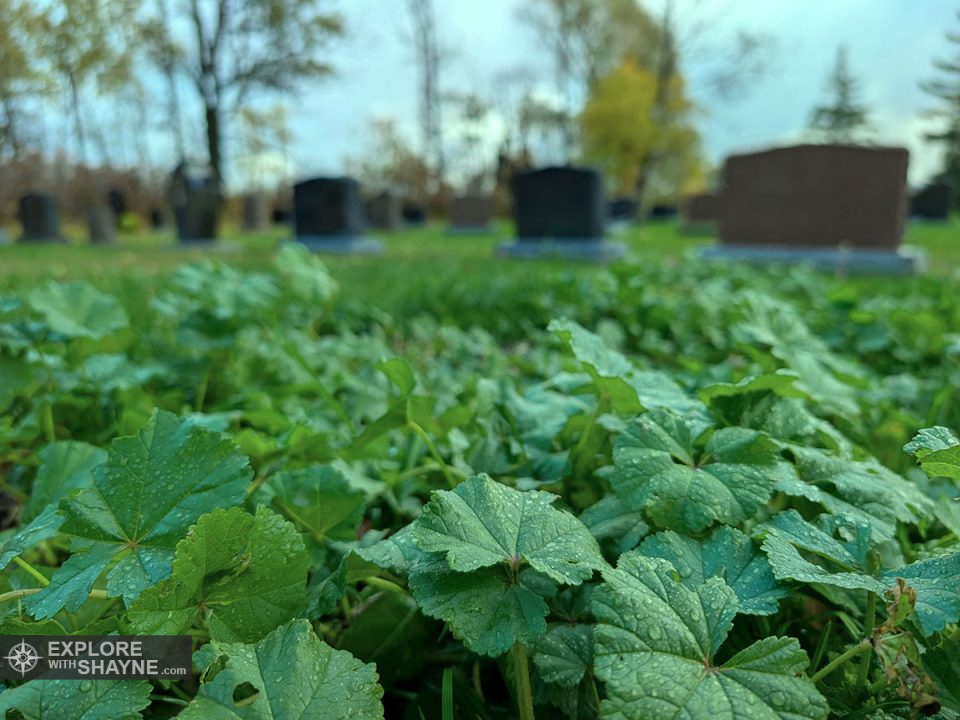In northeastern Wyoming, a massive rock column juts abruptly from the surrounding plains, dominating the landscape for miles in every direction. This formation, known as Devils Tower, stands as one of the region’s most recognizable natural landmarks. Geologists believe it formed deep underground, when molten magma pushed its way upward but cooled and solidified before reaching the surface, leaving behind the towering igneous core we see today.

Long before scientists studied its formation, Indigenous tribes like the Lakota and Kiowa knew Devils Tower by names such as Bear Lodge, Bear’s Tipi, or Tree Rock. To them, its origin wasn’t geological—it was sacred, shaped by powerful stories passed down through generations. One well-known legend tells of seven girls being chased by a giant bear. To escape, they climbed onto a low rock and prayed to the Great Spirit for help. In answer, the ground began to rise beneath them, lifting them higher and higher into the sky. The bear tried to follow, clawing at the rock and leaving the long vertical grooves still visible today. When the bear finally gave up, the girls were carried into the heavens, where they became the Pleiades, a small cluster of stars that watches over the Earth.

Today, we understand that the tower’s vertical lines weren’t carved by a bear, but are natural fractures formed as molten rock cooled and contracted.
Still, Devils Tower remains a deeply sacred place. For many Indigenous communities, it is more than a geological wonder—it is a site of ceremony, prayer, and cultural connection. Each June, during tribal observances, rock climbers are asked to voluntarily refrain from scaling the tower out of respect. Many honour this request, recognizing the spiritual importance of the site.
Around the base, prayer cloths and bundles tied to trees quietly flutter in the wind. Left as offerings, they speak of healing, reverence, and a continued relationship with the land.

The name “Devils Tower” traces back to a mistranslation during an 1875 U.S. military expedition. An interpreter reportedly misunderstood the Indigenous name, calling it “Bad God’s Tower.” The error took hold and was later made official on government maps.
Today, people come to Devils Tower for many reasons—some for the sweeping views, others for the challenge of the climb or simply the experience of standing beneath it. But this place is more than a dramatic landmark. It holds memory, meaning, and deep cultural significance that continues to shape how it is honoured and understood.


